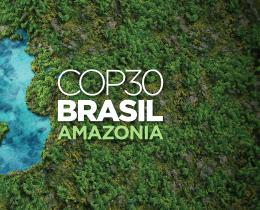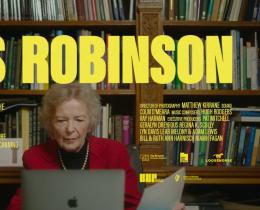We need to embark on a small rescue mission for the word "green" itself. Five innocent little letters that have come into serious overuse in the last few years. Please don’t hold that against them.
Green is a good, kind word meant to invoke more than its simple, verdant definition. It’s a value system, a consciousness, a way of thinking, and a way of living. I believe it is one of the key values we all want to teach our children, and it’s a concept that should permeate everything we do in the kitchen—shopping, cooking, eating, cleaning—without paralyzing us in the process. Being green is not about perfection, which is downright impossible anyway.
It is about connecting the dots so we understand where things come from and what impacts result from our use of them. It means making informed choices, reducing waste, buying local, and even growing a little bit ourselves—salad greens in a pot, herbs or tomatoes on a windowsill or balcony.
Thinking green is a conscious choice we make to try to live a sustainable life (to sustain: keep in existence, maintain), implementing changes when and where possible and adding more, incrementally, over time. It’s an attitude and a gratitude adjustment. Believe me, once you get started, you won’t be able to stop. You will be amazed at all the ways you’ll find to incorporate the concept easily into your kitchen routines, and how much happier you will be as a result. It just feels better to be a good steward of yourself, your family, your home, and your planet.
This is one of the great rewards of green thinking. It gets into your head and then into your heart, and from there it’s just a short trip to under your skin. Green thinking will start to direct you—like having your very own green guardian angel—to make better, healthier choices, to waste less, to appreciate more.
The values of thinking green are the values upon which our ancestors raised their families. Most Americans practiced green living before it had any label, out of both necessity and a sense of frugality that had to do with the “waste not, want not” philosophy once ingrained into the American spirit. In the “old days,” resources were limited, expensive, and difficult to come by, and it was patriotic to use them in the most efficient ways possible. Believe it or not, green was, and remains, a truly “conservative” value.
Back in the day, foods and other staples weren’t over-processed and over-packaged either. Every kind of food wasn’t available anywhere, anytime. Seasons actually meant something and dictated what you could or couldn’t eat. Late summer was a time for corn and tomatoes, and winter for special treats like navel oranges and cranberries. Many families grew their own basics (carrots, squash, peppers, potatoes, and so on) and canned or pickled the extras. When you ran out, that was that. Looking back, was it such an “inconvenience” to have to wait for June to come around until you could buy strawberries again?
Now all this food is available all year long, shipped from all over the world at a tremendous cost to the environment and our health, not to mention our beloved rituals and our taste buds. This “everything, everywhere, anytime” food system is cheating us out of a seminal and sensual experience. It’s tampering with the integrity of our food and our rituals. The comment “my food travels more than I do” sums that up perfectly. It’s mind-blowing that the food we eat every day journeys, on average, 1,500 miles. Even before it is loaded on that fossil-fuel-burning, CO2-spewing truck, ship, plane, or train, our food is sprayed in the field with toxic, petroleum-based chemicals; fertilized with more toxic, petroleum-based chemicals (all of which run into and pollute our waterways); picked before it’s ripe; and processed and stored in a warehouse (not adding anything to its nutritional value or freshness). Or it might be produced on a factory farm—one of the worst contributions to 21st-century food production. Then it’s over-packaged in layers of cardboard, Styrofoam, and plastic, and loaded into vehicles for transport—often for days or weeks—to supermarkets across the country.
Grapes are a good example. Every year, 270 million pounds arrive in California, most of them shipped from Chile. Their 5,900-mile journey in ships and trucks releases 7,000 tons of global warming pollution each year and 300 tons of soot- and smog-forming pollutants. That’s enough air pollution to cause hundreds of asthma attacks in urban Los Angeles. And what about all the chemicals those grapes were sprayed with? We are eating those along with the grapes.
Every step of the way, the modern, industrialized process of supplying food to families decreases its nutritional content and contributes to polluting our land, water, and bodies. A lose-lose situation if ever there was one. It’s not sustainable, and it’s not healthy on any level….
It really amazes me how intricately connected all these environmental issues are with the family table—how our food is processed, what we buy and when, what we eat and how much we waste. As parents, our task is to consider all these issues so that we raise thinking, caring, mindful children. We have to set the table, metaphorically speaking. That’s the best way for our kids to learn. We have to reinforce it every night we can, in our own kitchens. What an awesome opportunity, what a great challenge, what a beautiful learning experience for everyone.



